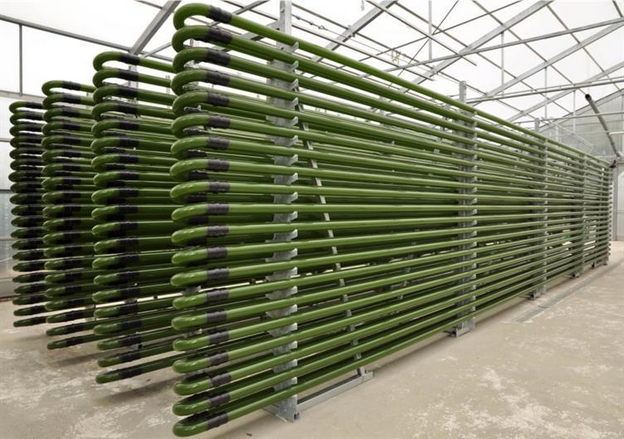Shared spaces and the evolving culture in urban living, working
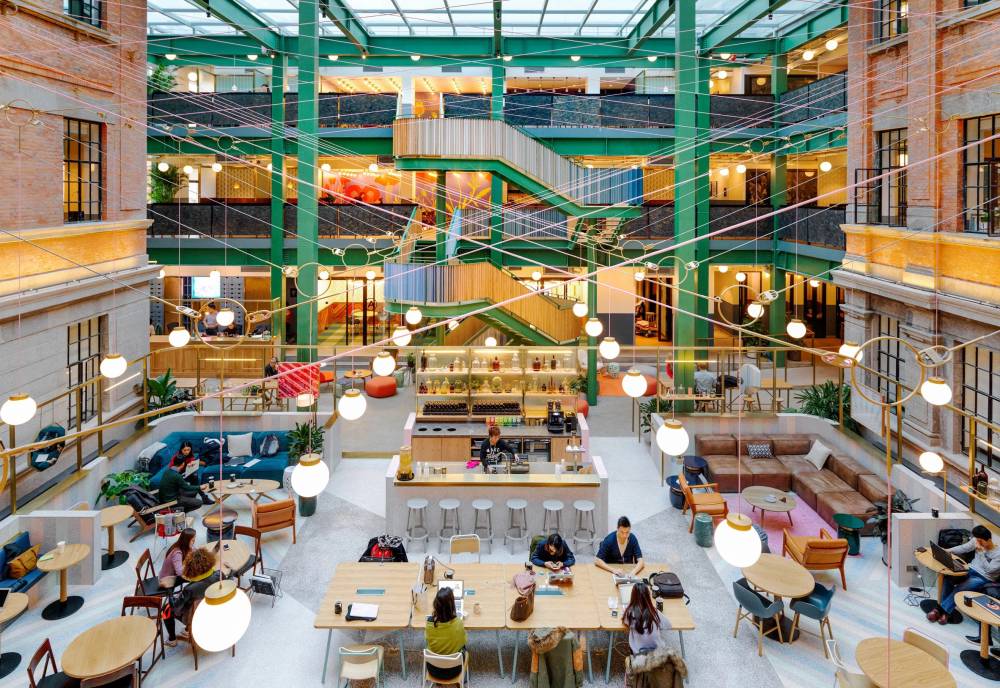
I work in the penthouse floor of a building along Ayala Avenue. My office has a nice reception area, a spacious lounge adjoining a pantry with free-flowing coffee, WiFi, a large conference room with HD equipment for video conferencing and client meetings, round-the-clock security, and friendly, full-time admin staff who handle everything from printing and answering calls to doing errands.
This is not a plush private office of a key executive at some multinational corporation. I am a design entrepreneur and I hold office at a co-working space.
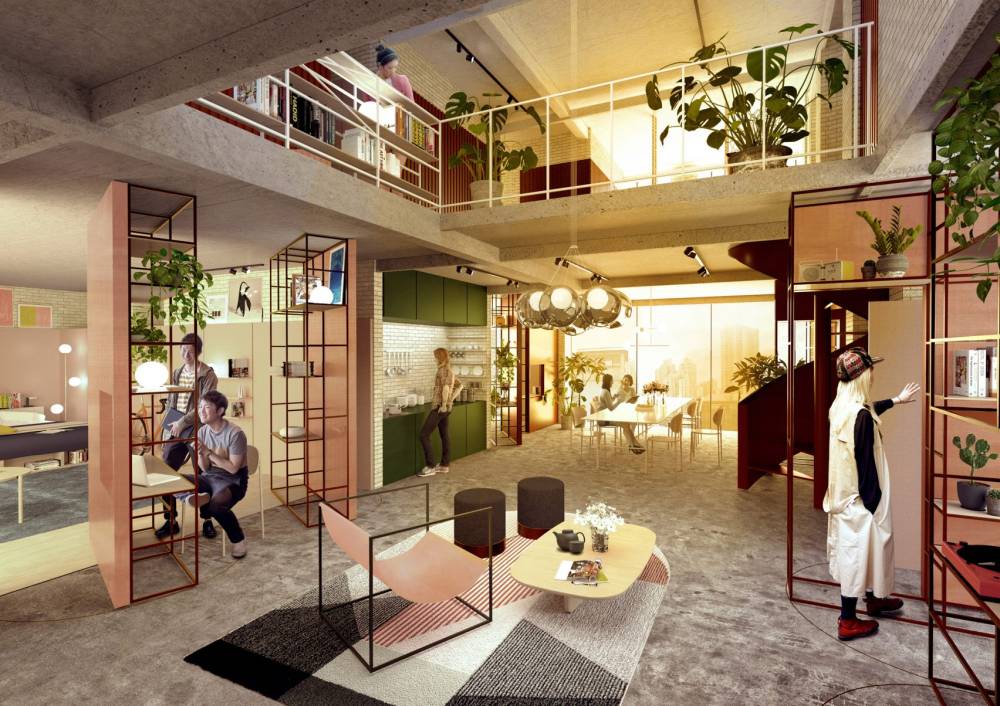
Flexible workspace
A characteristically urban phenomenon, co-working has been around for a few years.
Essentially, co-working is a flexible workspace where equipment, physical space, and services are shared by different people from different companies. The use of the facility is also flexible in duration, where rent can range for a few hours to several years.
The product appeals to small-scale businesses, freelancers or “solo-preneurs”, start-ups, business incubators, and mobile workers who need a compact space for their operations without compromising convenience, address, and level of service.
Addressing a need
Co-working initially grew out of the need for business travelers to have a “branch office” where they can simply plug in.
From the initial business center roots, the co-working space has since evolved into a spectrum of work spaces that range from those with a hip and casual vibe to the polished feel of executive suites. Numerous chains of co-working spaces, both local and foreign, have emerged, addressing the need for flexible and convenient work environments for the mobile worker.
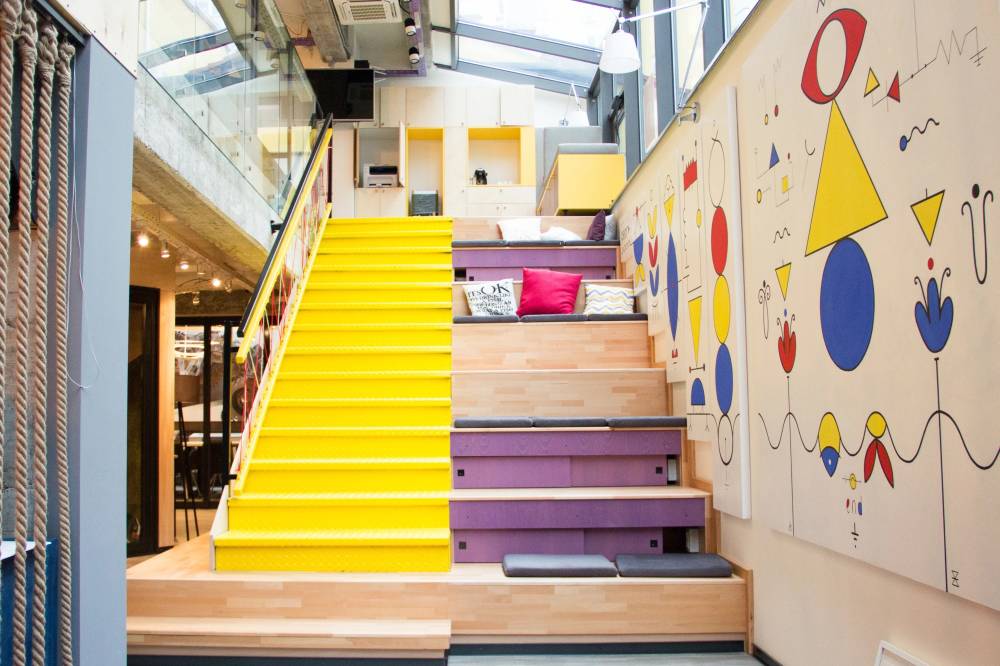
Changing work environment
The co-working space phenomenon was triggered and enabled by a confluence of factors such as urbanization, globalization, higher user mobility, and technology, among others.
A key factor is the emergence of smaller units of production, down to the level of the individual freelancer or entrepreneur—digital nomads who could work anywhere, anytime whether from home or in a café in another country.
Advancements in technology unhinged productivity from the confines of location and size, allowing productive output at smaller scales of operations. Advancements in communications and cloud computing also redefined the concept of presence in the workplace and liberated the worker.
In an environment where work is mobile, files are digital, and presence is virtual, the shape and form of the workplace have been disrupted by alternative modes including co-working.
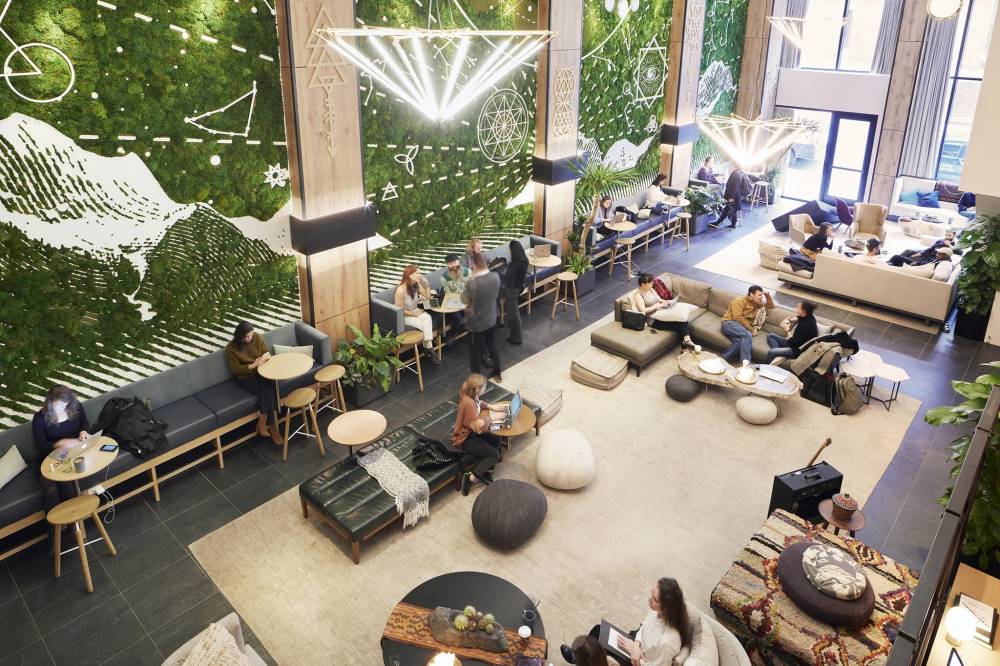
Professional networking
The shared workspace also tends to foster networking.
Bringing together specialized companies into a common, relaxed environment expands the professional network of firms, where serendipitous encounters may lead to an exchange of ideas and collaborations.
Beyond the shared space, equipment, and services, co-working spaces offer the larger opportunity to share ideas, knowledge, and skills. Several co-working spaces deliberately foster networking as they host seminars, get-togethers, and social activities to entice tenants to engage with one another.
Shared privacy and co-living
Recently, co-living spaces have started to emerge.
An offshoot of workers’ dormitories and hostels that offer convenient and affordable in-city accommodation, co-living is essentially the same as that of co-working—a shared space with a dash of community and collaboration. Residents share basic facilities such as kitchens and living spaces as well as amenities like gyms, reading rooms, or entertainment areas.
Residents, sometimes, are also co-workers, and in some countries, co-living facilities are rented by corporations to house their staff.
Similar to co-working spaces, the appeal of co-living spaces is in the opportunities they offer to connect individuals and form de-facto families and communities under a cooperative environment.

A shared future economy
While co-working and co-living might seem like passing fads at first blush, they are actually manifestations of a global economic trend that has been disrupting traditional businesses for years now.
Co-working and co-living spaces are part of alternative modes of consumption known as the “shared economy”, where assets, resources, capacity, space, skills, funds, or services are more optimally used across multiple users by matching supply and demand in real time and in smaller time increments, usually through the use of technology.
Ride-sharing such as Grab, bike sharing, co-working and co-living spaces enable the use of physical assets on demand, offering the same level of convenience without the burden or cost of ownership.
Many products in the shared economy rely on large markets or crowds, hence they work best at the scale of urban settings.
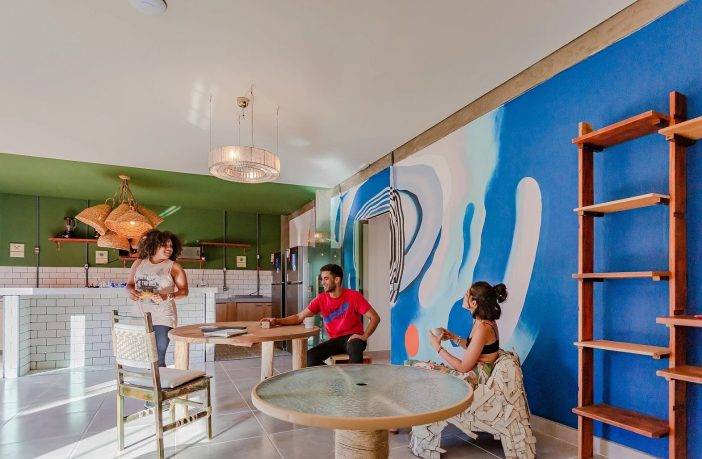
A common characteristic of businesses in the shared economy is the absence of a middleman and large institutions in the transaction. A customer (demand) interacts directly with the asset or service (supply) without necessarily having to go through the owner—thus reducing hassle, friction, and cost.
More fundamentally, the economic benefit of the shared economy is in the utilization of unused capacity. Otherwise idle assets are more optimally used across random users since availability is matched with supply in real time, through the use of an application platform.
Essentially, the sharing economy allows a person in need of a specific service to connect to the individual willing to provide it.
This type of technology-enabled, collaborative, micro-consumption differentiates shared economy businesses from traditional businesses. These emerging forms of enterprises have also created new income streams for individuals and more affordable options for consumers.
Social aspects of shared spaces
Some have said that the irony of globalization, urbanization, and connectivity through technology is the increased isolation it creates.
Amid rapid growth, society now operates in smaller increments and higher degrees of specialization whether in terms of time, space, or physical size.
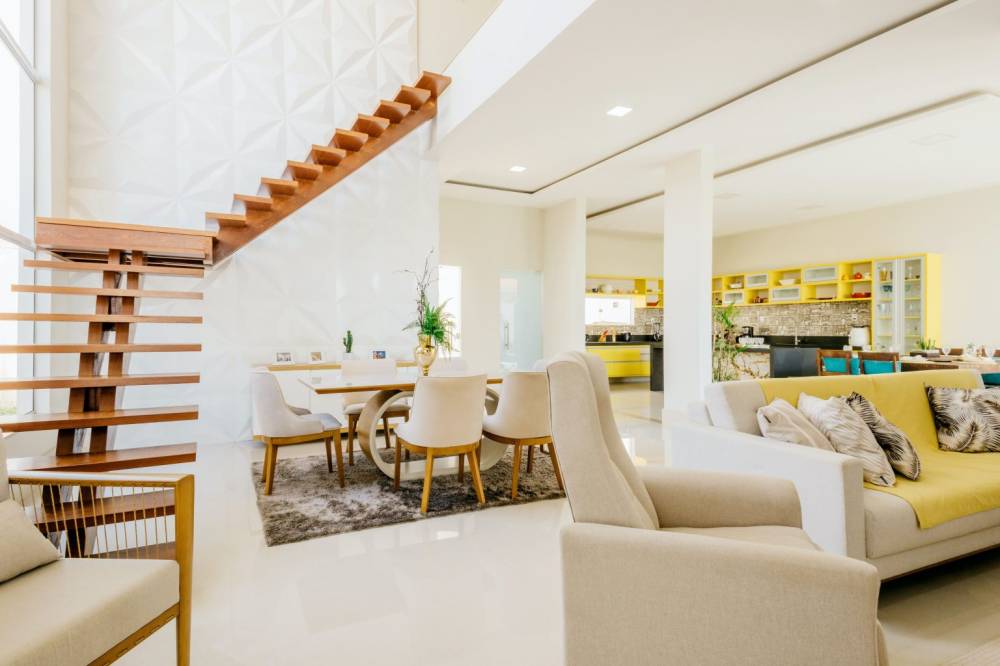
An increasing number of residents in the city are individuals whose families are in the province or outskirts of the metro, as many young workers seek safe, pleasant, and affordable accommodation in the city on weekdays. Similarly, the increasing number of small firms have created a demand for compact and flexible workspaces that offer affordability and convenience.
The challenge and opportunity in evolving society is equally paradoxical: how to foster and nurture community and connection amid an increasingly individualistic trend in work and life.
While people might see the practical benefit in working or living alone, our human instinct pulls us to be alone together—to be connected while being apart and to be large while being small. The underlying appeal of the shared economy in general, and of co-working and co-living in particular, is precisely that.
The author is founder and principal of JLPD, a master planning and design consultancy practice.
Co-working is a flexible workspace where equipment, physical space, and services are shared by different people from different companies. (https://www.fohlio.com) Co-living spaces offer a convenient housing option.
The author is a built environment professional and the founder and principal of JLPD, a master planning, architecture and property consultancy. www.jlpdstudio.com
















